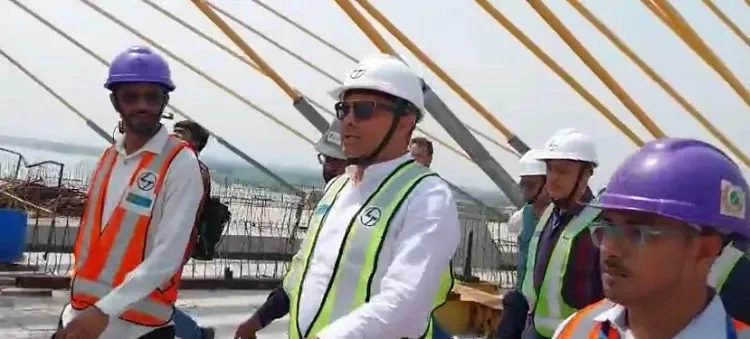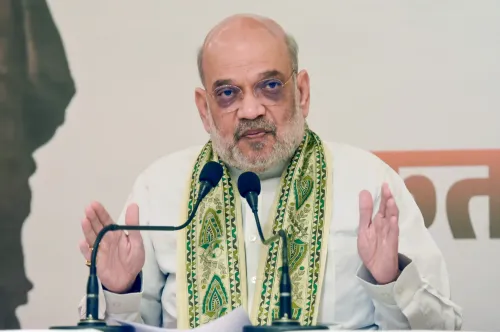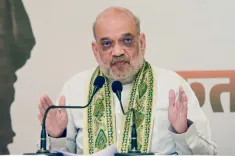Will the Barapullah Phase-3 flyover be finished by December?

Synopsis
Key Takeaways
- Barapullah Phase-3 flyover is crucial for enhancing connectivity.
- Completion is targeted for December this year.
- Work resumed after resolving previous financial issues.
- 98% of the project is finished, pending tree relocation.
- Completion will facilitate signal-free travel between Mayur Vihar-I and AIIMS.
New Delhi, May 12 (NationPress) The Delhi government is making strides to finalize the long-awaited Barapullah Phase-3 flyover by December this year, as announced by the Public Works Department (PWD) Minister Parvesh Verma during his recent visit to the site. Verma characterized this as a significant infrastructure endeavor, noting that progress has accelerated following previous administrative challenges and outstanding payments.
Verma stated, “This is a substantial project. The construction firm involved had expressed concerns regarding delayed payments. We have resolved those financial issues, and you can now witness the advancements—previously, work had come to a halt, but the bridge is nearly complete.”
He further emphasized, “We are diligently pursuing the necessary approvals for relocating trees. The prior administration overlooked this matter and failed to release payments to contractors, causing significant delays. We are now committed to expediting the remaining tasks.”
The third phase of the Barapullah elevated corridor aims to connect South Delhi to East Delhi. Initiated seven years ago, this project has yet to be finalized, despite numerous assurances. There are also plans to expand the length of the Barapullah flyover as part of this initiative. The combined length of phases 1, 2, and 3 of the Barapullah flyover totals 9.5 km.
This corridor is designed to facilitate uninterrupted travel between East Delhi's Mayur Vihar-I and AIIMS in South Delhi by connecting the new flyover to the existing Barapullah stretch at Sarai Kale Khan.
While 98% of the construction is complete, the final stages are pending due to the necessary approvals from the forest department for the relocation of approximately 200 trees. Originally launched in 2015, this project was expected to conclude in 2017.









